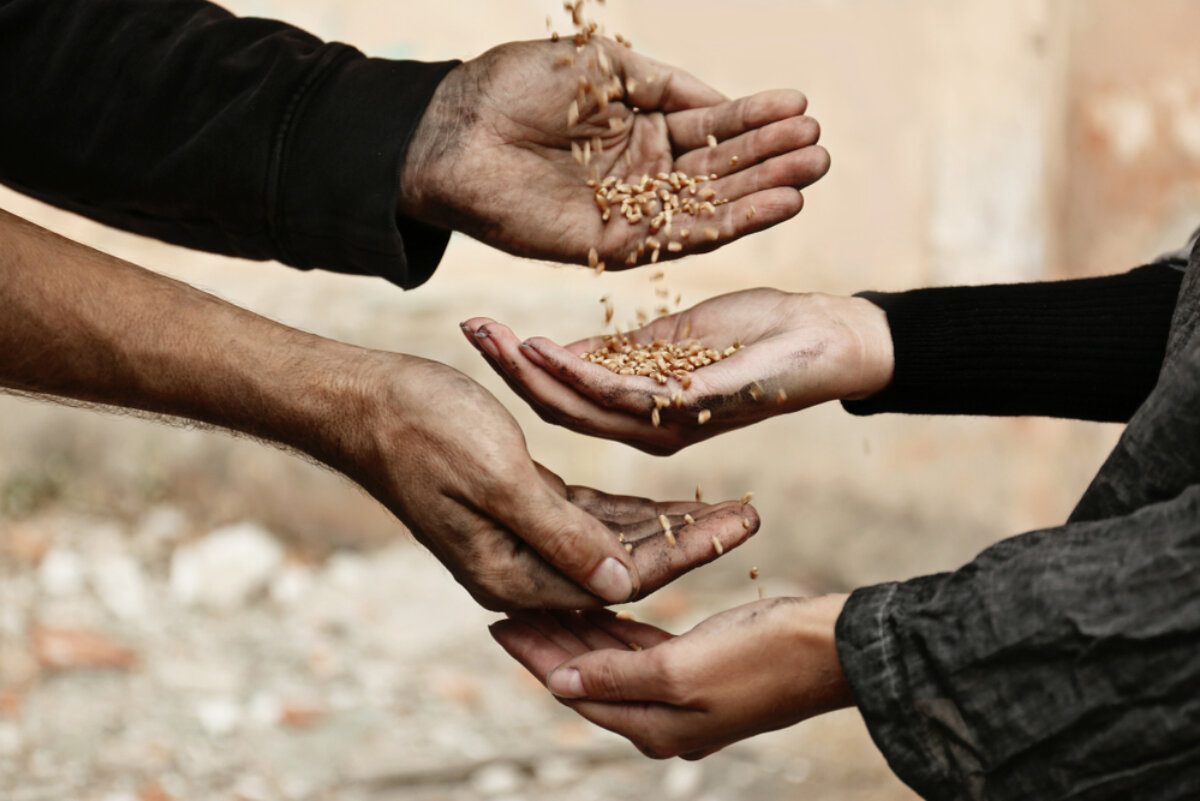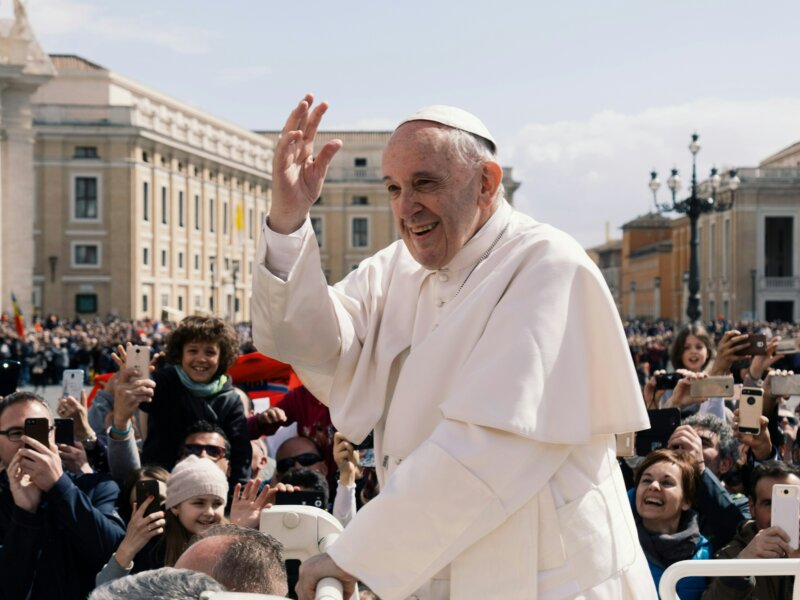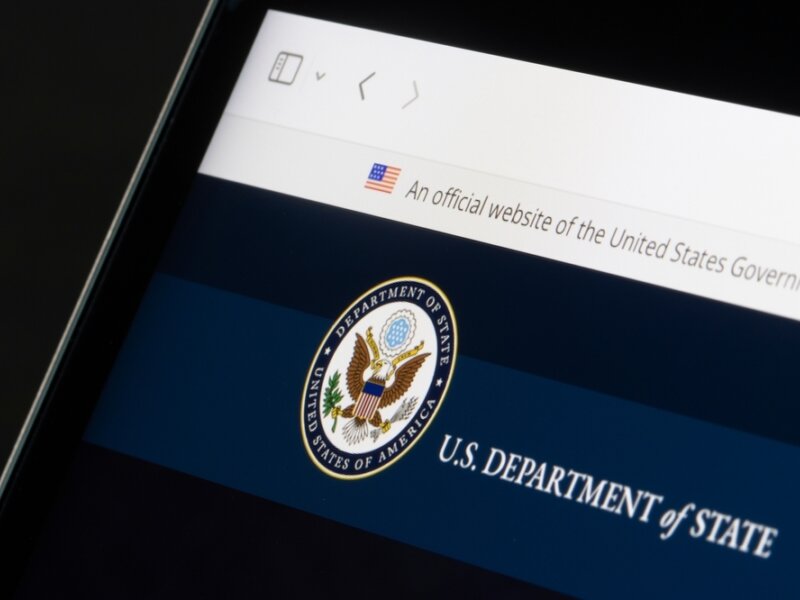Perché aumentano i super poveri nel pianeta
Dopo due anni di pandemia, è tonato a crescere il numero dei super poveri sulla Terra. L'analisi di Guido Bolaffi.

Il numero dei super poveri del Pianeta, dopo un quarantennio di costante declino, è tornato a crescere. Infatti, nel 2020 - denuncia l’ultimo rapporto Poverty and Shared Prosperity della World Bank - a seguito dei negativi contraccolpi socio-economici inferti dalla pandemia COVID-19, nel mondo la percentuale della povertà assoluta è risalita al 9,3% rispetto all’8,4% del 2019. Un aumento percentuale che tradotto in numeri assoluti, “Indicates that more than 70 million people were pushed into extreme poverty by the end of 2020, increasing the global total to over 700 million”.
Un esercito costituiti da individui, per la stragrande maggioranza appartenenti alle nazioni più infelici dell’Africa e dell’Asia, che sopravvivono disponendo di un reddito quotidiano pari o inferiore alla cosiddetta linea o soglia della povertà assoluta, oggi convenzionalmente fissata in $2,15. A tale riguardo, spiega l’economista indiano Udit Misra nell’articolo How China reduced poverty: lessons for India, “This international poverty line is revised periodically to account for rising prices of goods and services over time. The very first international poverty line - a dollar a day - was constructed in 1990 using the 1985 prices. It was then raised to $1,08 a day in 1993; $1,25 a day in 2005 and $1,90 a day in 2011. The $2,15 one is based on 2017 prices”.
Secondo la Banca Mondiale le ragioni e le conseguenze più allarmanti del passo indietro registrato nella lotta alla povertà assoluta sono:
- The income losses of the world’s poorest were twice as high as the world’s richest, and the global inequality rose for the first time in decades;
- The poorest also suffered disproportionately in many other areas that directly affect their well-being [...] For example, they faced large setbacks in health and education [...] These setbacks if left unaddressed by policy action will have lasting consequences for people’s income prospects;
- High indebtedness in many countries has hindered a swift recovery, while rising food and energy prices - fueled in part by the Russian Federation’s invasion of Ukraine and climate shocks among the world’s biggest food producers - have made a return to progress on poverty reduction more challenging than ever. These setbacks altered the trajectory of poverty reduction in large and lasting ways, sending the world even further of course on the goal of ending extreme poverty by 2030 [...] By the end of 2022, as many as 685 million people could still leaving in extreme poverty. This would make 2022 the second worst year for poverty reduction in the past decade after 2020 [...] This report projects that 7% of the world’s population - roughly 574 million people - will be struggling in extreme poverty in 2030.
Una profezia tanto più negativa se si considera che tra il 1981 ed il 2000 la galassia planetaria dei super poveri (con meno di 2 dollari a testa) era scesa dal 44% al 9,9%, ed in termini assoluti da 6,5 miliardi a poco più di 800 milioni. Numeri di fronte ai quali viene spontaneo chiedere: che fare?
L’indicazione della World Bank è cercare il modo di evitare, come prima cosa, che il loro numero anziché diminuire continui ad aumentare. E che nuove leve di Dannati della Terra vadano ad aggiungersi a quelle dei 70 milioni prodotti dalla pandemia.
Compito difficile ma non impossibile. A patto di riuscire a garantire alle numerosissime fasce degli “ultimi degli ultimi” dei low and lower-middle-income countries una sia pur minima rete di protezione sociale. L’unica in grado, nel breve periodo, di evitare loro di essere risucchiati nel “buco nero” della povertà assoluta, finanziandone i costi – questa la ferma convinzione degli studiosi della Banca Mondiale – con l’adozione in questi paesi di innovative e ben finalizzate politiche fiscali: “Fiscal policy (how governments raise revenue and spend public resources) made a noticeable difference in reducing the pandemic’s impact on poverty [...] Income support is typically needed until growth recovers [and] reorienting spending away from subsidies to more targeted forms of social protection will have a big impact on those who need it most””.
Ma è qui che, purtroppo, come si dice, “casca l’asino”. Infatti, l’amara verità più volte sottolineata nelle pagine del documento in esame è che “Fiscal policy was much less protective in poorer economies than in the richer ones [...] The difference in effectiveness reflected more limited access in lower-middle-income economies to finance, weaker delivery systems and higher levels of informality, which made protecting jobs much more challenging [...] In general low-and-middle-income economies tend to be less successful than high-income ones in ensuring that the combination of taxes, transfers and subsidies benefit the poor because, for example, subsidies are often poorly targeted [...] In many of low and middle-income economies one-half of all spending on energy subsidies goes to the richest 20% of the population who consume more energy”.



